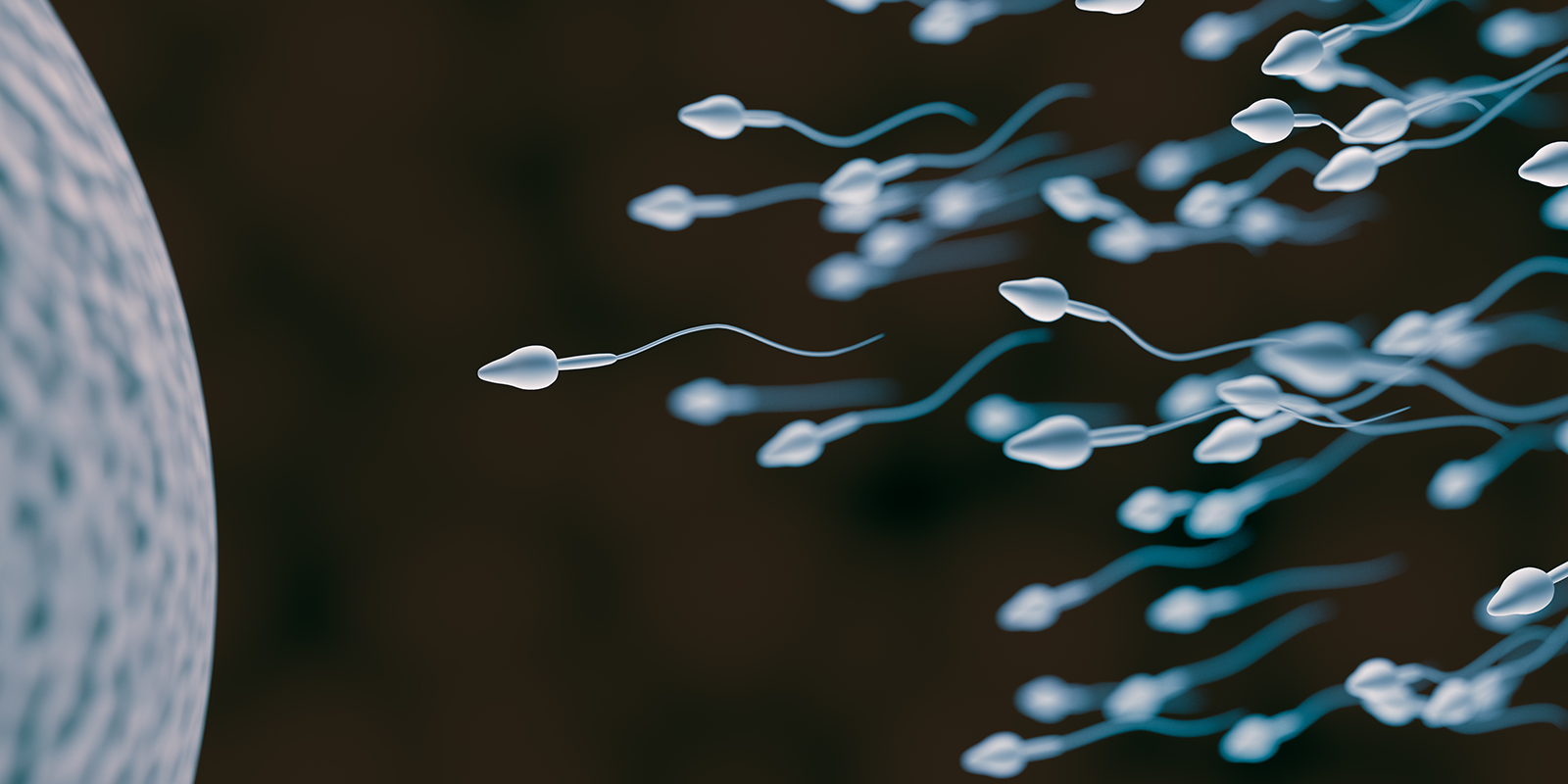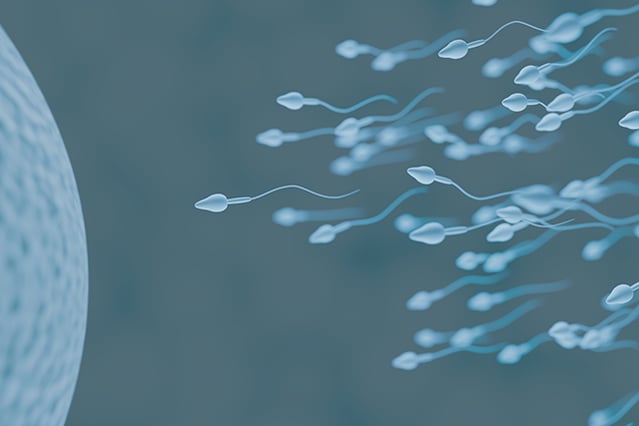Correct assessment of a semen sample is mandatory for diagnosis of infertility. During preliminary assessment as well as during potential later treatment, the appropriate selection procedure should result in a clean fraction of progressive motile functional sperm cells. This blog post will discuss different alternatives for sperm selection.
Proper selection of sperm is key to good results
At the time of ejaculation, sperm cells are not able to fertilise. A cascade of events, defined as capacitation, has to occur before a sperm cell can undergo the acrosome reaction and eventually penetrate the oocyte vestments.
Seminal fluid prevents sperm cells from undergoing these changes. Additionally, semen may contain other cells and microorganisms which, through different mechanisms, can affect the fertilising potential of the sperm cells. Therefore, proper selection of progressive motile, functional sperm cells is the aim of any selection procedure and should be performed before possible damage by the seminal fluid occurs.
Several methods for selection
For many years, characteristics such as number of sperm cells, motility and morphology have been the key parameters used in decisions on fertility treatment.
During the recent years, different tests looking at DNA integrity have been introduced and findings have been correlated to fertilisation as well as developmental potential of embryos. However, methods for routine selection of functional sperm cells have not changed until today.
Density gradient centrifugation method of choice for accurate selection
Some sperm selection procedures use the motility of the individual spermatozoon to separate the sperm cells from the seminal fluid, so called swim-up, swim out or migration techniques. The result of these procedures can be affected by parameters such as viscosity of the semen, motility characteristics, presence of other cells etc.
Another sperm selection procedure includes a centrifugation step of native semen which may result in damage of sperm cell DNA due to formation of oxygen radicals. Centrifugation through a density gradient overcomes some of the disadvantages of these procedures.
Gradient centrifugation is the most common sperm selection method
During the late 80’s and early 90’s a number of studies showed that, certainly for semen of suboptimal quality, the use of density gradient centrifugation yields good results as compared to a migration procedure. Moreover, at that time before the ICSI method of fertilisation was developed, efficient assisted fertilisation procedures were not yet available and presence of quite large numbers of functional sperm cells was necessary to obtain fertilisation and good embryo development.
Even with the availability of ICSI, proper semen selection which results in large numbers of progressive motile sperm cells is still important and part of successful fertility treatment. Over the years, density gradient centrifugation has become standard procedure in many laboratories around the world. The method is easy to perform and can be standardised.
Sperm are much more than DNA-packages
It is important to treat semen samples physiologically correct and also choosing which sperm selection method is the most suitable. Due to the fact that very few IVF laboratories have an andrologist in place, this is sometimes overlooked.
While andrologists have knowledge in semen physiology, embryologists are often more focused on oocytes and embryos.
If you would like to expand your knowledge on sperm and their contribution to the oocyte, I recommend watching the lectures by Prof. Christopher Barratt from University of Dundee. Here he describes some of the latest research about sperm and oocyte interaction, all with an historical touch and a great sense of humor.
Topics: Embryo culture & transfer
Written by Dr. Ann-Helene Jakobsson
Ann-Helene has a PhD in Genetics and started her career in IVF as Lab Manager at the private clinic Fertilitetscentrum in Sweden. Ann-Helene is a popular lecturer at Vitrolife workshops where she makes complicated matters easy to understand.


